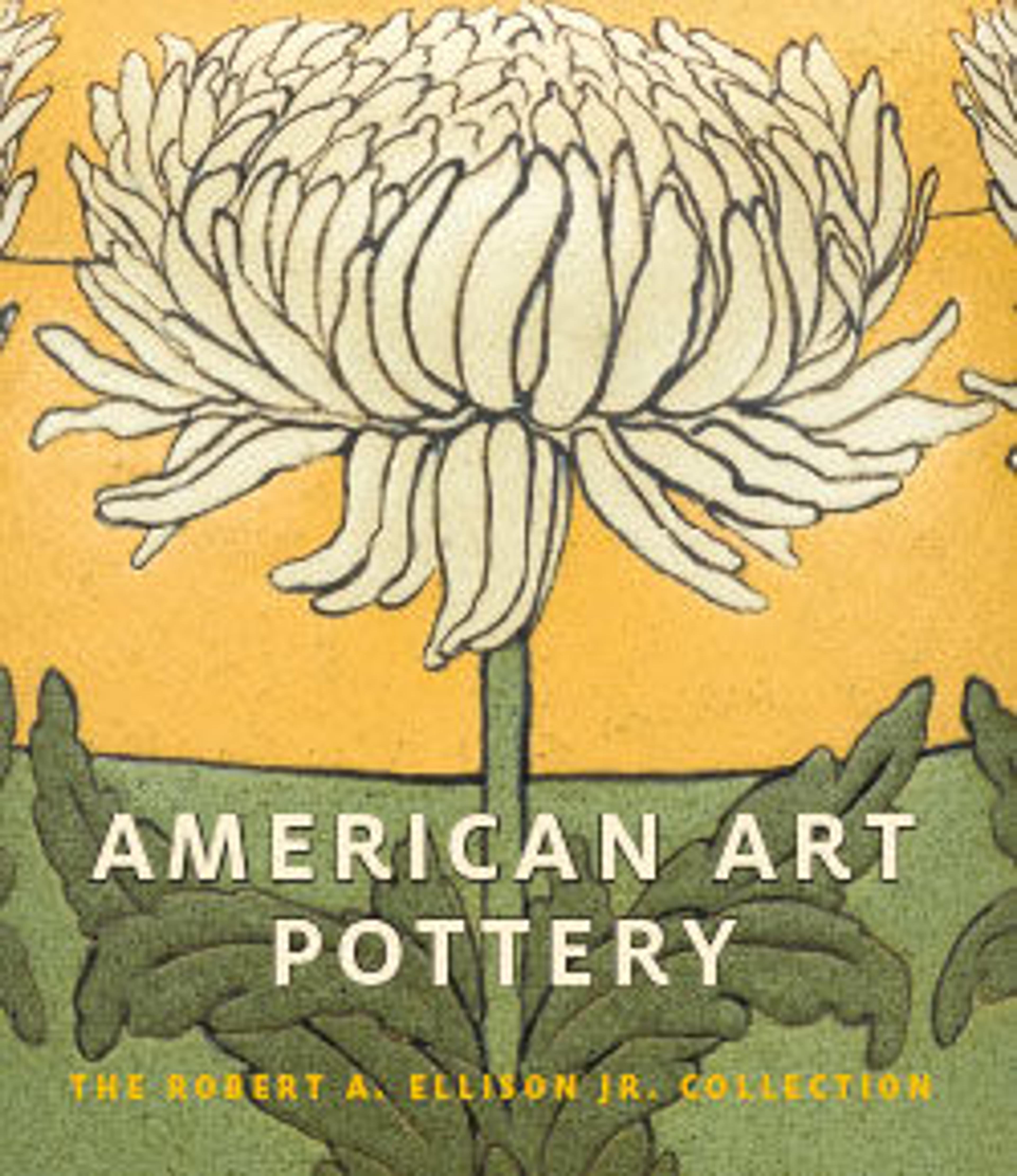Plaque
The Chelsea Keramic Art Works was the first American ceramics firm to designate itself an "art pottery." It was founded in Chelsea, Massachusetts, by members of the Robertson family, all of whom had honed their skills in the ceramics industry in Britain before coming to this country. Robertson worked in low and high relief, on vases, plaques, and tiles. This plaque features a high relief depiction of a goddess in a chariot with wheels as sunflowers and drawn by three butterflies. It is an interpretation of the classical story of the triumph of Clytie, the nymph who fell in love with Helios and was transformed into a sunflower. The sunflower also resonated with the prevailing taste of the Aesthetic Movement, for which the sunflower was one of its iconic images. The scene likely derived from an illustration in a contemporary publication.
This vase is from the Robert A. Ellison Jr. Collection of American art pottery donated to the Metropolitan Museum in 2017 and 2018. The works in the collection date from the mid-1870s through the 1950s. Together they comprise one of the most comprehensive and important assemblages of this material known.
This vase is from the Robert A. Ellison Jr. Collection of American art pottery donated to the Metropolitan Museum in 2017 and 2018. The works in the collection date from the mid-1870s through the 1950s. Together they comprise one of the most comprehensive and important assemblages of this material known.
Artwork Details
- Title:Plaque
- Manufacturer:Chelsea Keramic Art Works (1872–1889)
- Artist:Hugh C. Robertson (1844–1908)
- Date:ca. 1878–82
- Geography:Made in Chelsea, Massachusetts, United States
- Culture:American
- Medium:Earthenware
- Dimensions:11 1/4 in. (28.6 cm)
- Credit Line:Gift of Robert A. Ellison Jr., 2018
- Object Number:2018.294.28
- Curatorial Department: The American Wing
More Artwork
Research Resources
The Met provides unparalleled resources for research and welcomes an international community of students and scholars. The Met's Open Access API is where creators and researchers can connect to the The Met collection. Open Access data and public domain images are available for unrestricted commercial and noncommercial use without permission or fee.
To request images under copyright and other restrictions, please use this Image Request form.
Feedback
We continue to research and examine historical and cultural context for objects in The Met collection. If you have comments or questions about this object record, please contact us using the form below. The Museum looks forward to receiving your comments.
